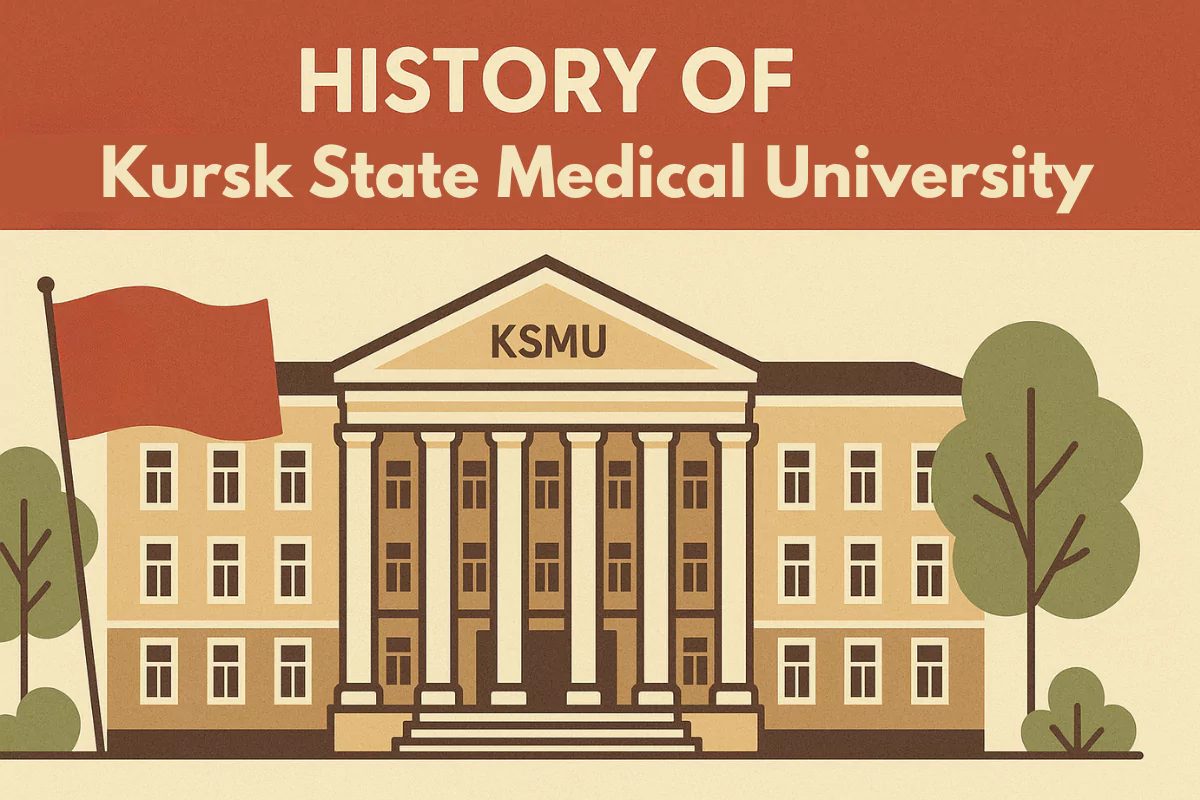Kursk State Medical University (KSMU), founded in 1935, is one of Russia’s most respected and historically significant medical universities. Located in the ancient city of Kursk, renowned for its rich cultural heritage and scientific contributions, KSMU has played a pivotal role in shaping Russia’s medical education and healthcare system for nearly a century. From its humble beginnings with a handful of departments to becoming a modern center for research, innovation, and international collaboration, the university’s journey reflects resilience, academic excellence, and a deep commitment to public service.
About Kursk: Heritage City of Russia
The region is situated in a picturesque forest-steppe zone, characterized by rolling plains, ravines, and river valleys. With rivers like the Seim, Psel, Tuskar, and Usozha flowing through it, Kursk is also a haven for water tourism.
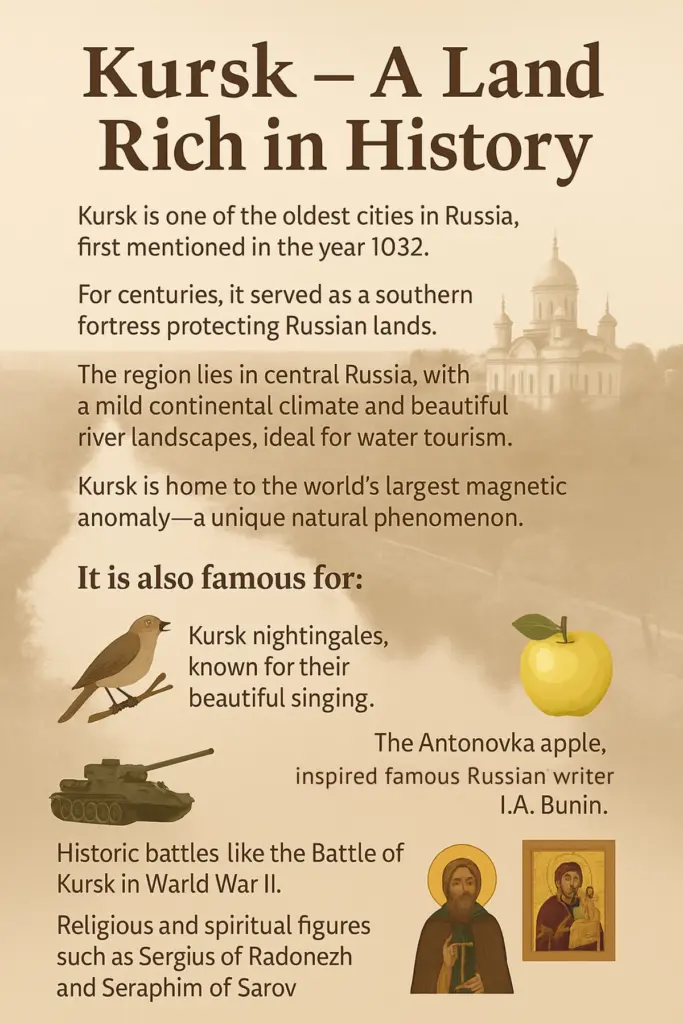
It also houses the revered icon of the Madonna of Kursk “Znamenie,” one of the oldest Christian relics in Russia.
Growth of Kursk State Medical University (KSMU)
Establishment and Early Development (1935–1940)
Kursk State Medical University (originally Kursk Medical Institute) was founded in 1935 following Order No. 89 by the Council of People’s Commissars. Its establishment was seen as a key step toward developing medical education in the region. The inaugural class admitted 250 students, and Dr. V.I. Deshevoi was appointed the first director.
Despite infrastructure challenges, within five years, the institute had established departments for anatomy, biology, physics, chemistry, and more. A 300-seat auditorium and an anatomical museum were also set up. Clinical training took place in local hospitals, including the regional clinical hospital and N.A. Semashko Municipal Hospital.
In June 1940, the university celebrated its first graduation—186 young doctors entered the medical profession.
Challenges During World War II (1941–1944)
When World War II reached Soviet soil in June 1941, many KSMU faculty, graduates, and students enlisted in the army. Thirty-two lecturers and 210 graduates went to the front lines, some even before completing their final year.
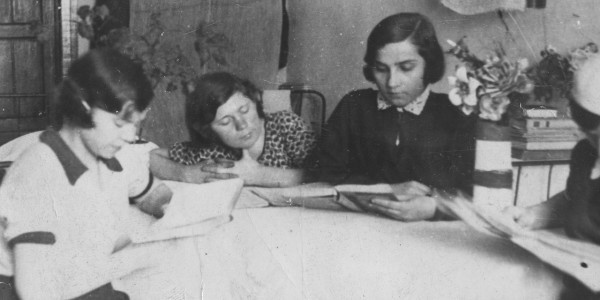
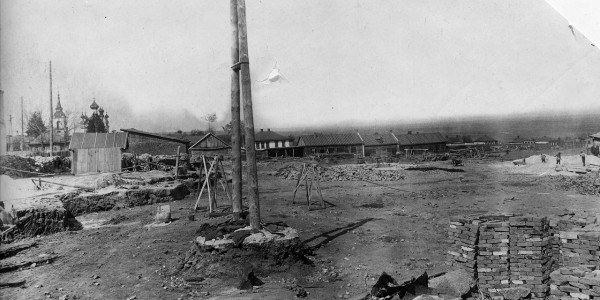
Faculty members contributed significantly to the war effort, establishing military hospitals, training doctors, and offering frontline medical care. In October 1941, as battles raged near Kursk, more than 300 staff and students were evacuated to Alma-Ata, Kazakhstan. There, they continued education and research as part of the Kazakh Medical Institute until 1944.
Post-War Reconstruction and Growth (1944–1985)
After the Red Army liberated Kursk in February 1943, efforts to rebuild the medical institute began. By September 1944, KSMU reopened with 650 students—many of whom were war veterans. The first post-war graduation took place in 1945.
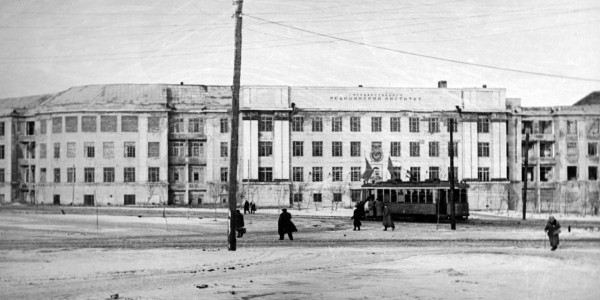
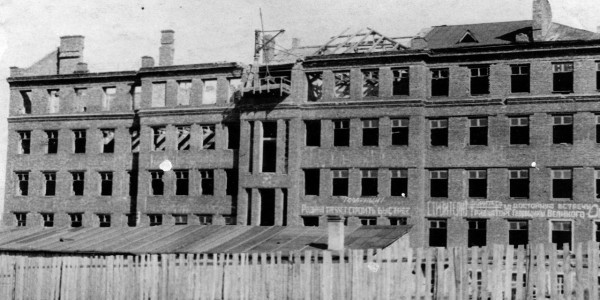
Significant milestones in the coming years included:
- 1954: Launch of postgraduate training programs to develop academic staff.
- 1955: Complete restoration of academic buildings, new hostels, a sports hall, dining facilities, and a large library.
- 1960s–70s: Rapid expansion in teaching, clinical research, and academic publications.
- 1985: The institute was awarded the prestigious Order of the Red Banner of Labour for its outstanding contributions to medical education and public health.
Many KSMU graduates went on to become renowned scientists and professors, including I.G. Kotsyubinsky, V.A. Leonov, G.M. Tkachenko, and M.I. Medvedeva.
KSMU’s Contribution to Russian and Global Healthcare
Throughout its history, KSMU has not only educated thousands of medical professionals but also stood as a symbol of resilience and innovation. From wartime contributions to modern research excellence, it has continued to evolve while maintaining its core mission: to serve humanity through healthcare, education, and scientific advancement.
Kursk and its prestigious university embody a blend of history, culture, and academic brilliance making it one of Russia’s most respected centres for medical education.
